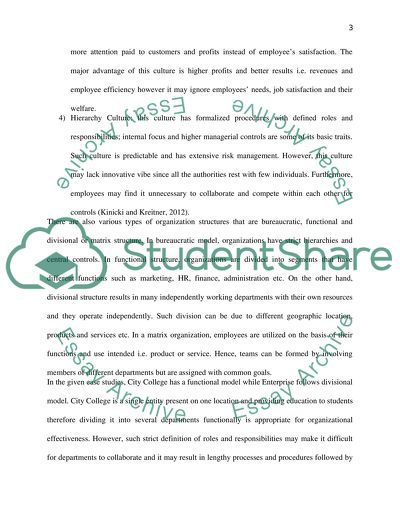Cite this document
(“Organizational culture Assignment Example | Topics and Well Written Essays - 2250 words - 1”, n.d.)
Organizational culture Assignment Example | Topics and Well Written Essays - 2250 words - 1. Retrieved from https://studentshare.org/human-resources/1493959-case-study
Organizational culture Assignment Example | Topics and Well Written Essays - 2250 words - 1. Retrieved from https://studentshare.org/human-resources/1493959-case-study
(Organizational Culture Assignment Example | Topics and Well Written Essays - 2250 Words - 1)
Organizational Culture Assignment Example | Topics and Well Written Essays - 2250 Words - 1. https://studentshare.org/human-resources/1493959-case-study.
Organizational Culture Assignment Example | Topics and Well Written Essays - 2250 Words - 1. https://studentshare.org/human-resources/1493959-case-study.
“Organizational Culture Assignment Example | Topics and Well Written Essays - 2250 Words - 1”, n.d. https://studentshare.org/human-resources/1493959-case-study.


